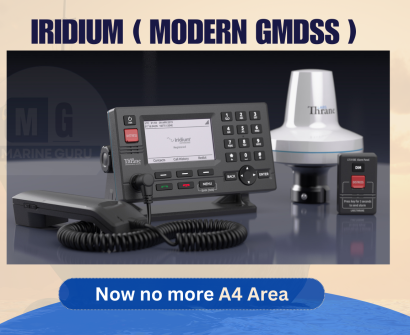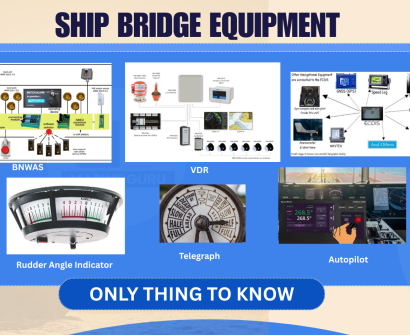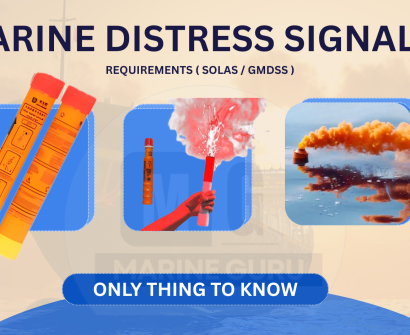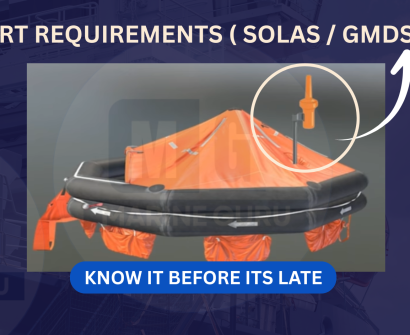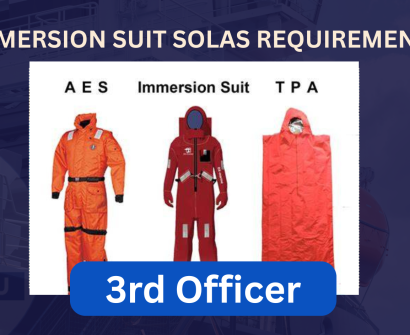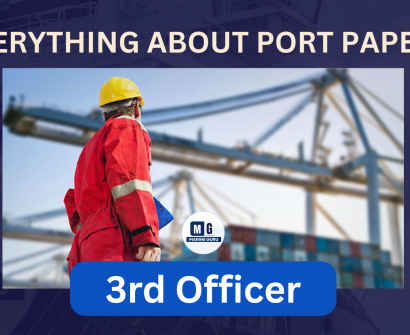
Most Asked Question in Exams
The Initial Transverse Metacentre (M) is a key concept in ship stability and naval architecture.
Imagine a ship floating upright in calm water. Now slightly tilt it—just a few degrees. As the ship tilts, the underwater shape changes, causing the center of buoyancy (B) to shift sideways. The vertical line through this new center of buoyancy intersects with the original line (from when the ship was upright). The point where these lines intersect is called the Initial Transverse Metacentre (M).
👉 In simple words:
“It’s the imaginary point that helps us understand how stable a ship is when it starts to tilt.”
Why Is It Important?
The Initial Transverse Metacentre helps measure transverse stability—how well a ship resists rolling from side to side. The higher this point is above the center of gravity (G), the more stable the ship is.
This vertical distance is called GM or metacentric height.
- If GM is large → the ship is stable but may roll quickly (uncomfortable).
- If GM is small → the ship may feel sluggish but less jerky.
- If GM is negative → the ship is unstable and may capsize.
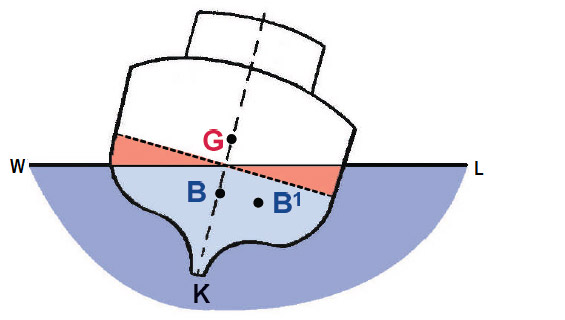
Simple Box-Shaped Vessel Example
Let’s simplify with a box-shaped vessel—a floating rectangle.
Step 1: Understand KM (Metacentre above Keel)
KM = KB + BM
- KB = Distance from keel to the center of buoyancy.
- KB= draught / 2
- BM = Metacentric radius calculated as:
BM = I / V
Where:
- I = The moment of inertia of the water-plane area (WPA) about a longitudinal axis of rotation passing through the centre of the water-plane area
- V = Volume of displacement.
Step 2: Calculate I (Moment of Inertia)

C is the geometric centre of the water-plane area and XX is the longitudinal axis about which it is to be rotated.(In reality, it is the ship that will rotate about this axis as it heels, however it is convenient to think of the water-plane area rotating about the same axis instead!)
For a rectangular box:
I = (L * B^3) / 12
Where:
- L = Length of the vessel
- B = Breadth of the vessel
So, a wider ship = higher I = higher BM = more initial stability.
✅ Rule of thumb: Wider the base, greater the resistance to rolling.
To summarize:

and for a box-shaped vessel:

🔎 Related Questions You Might Have
❓ What is transverse metacentre?
→ It’s the metacentre in the sideways (athwartship) direction of the ship.
❓ What is initial transverse stability?
→ The ship’s resistance to rolling side to side at small angles of heel (<10°).
❓ What happens when GM is unusually large?
→ The ship becomes too stiff—resists rolling too fast—causing discomfort to crew and cargo strain.



